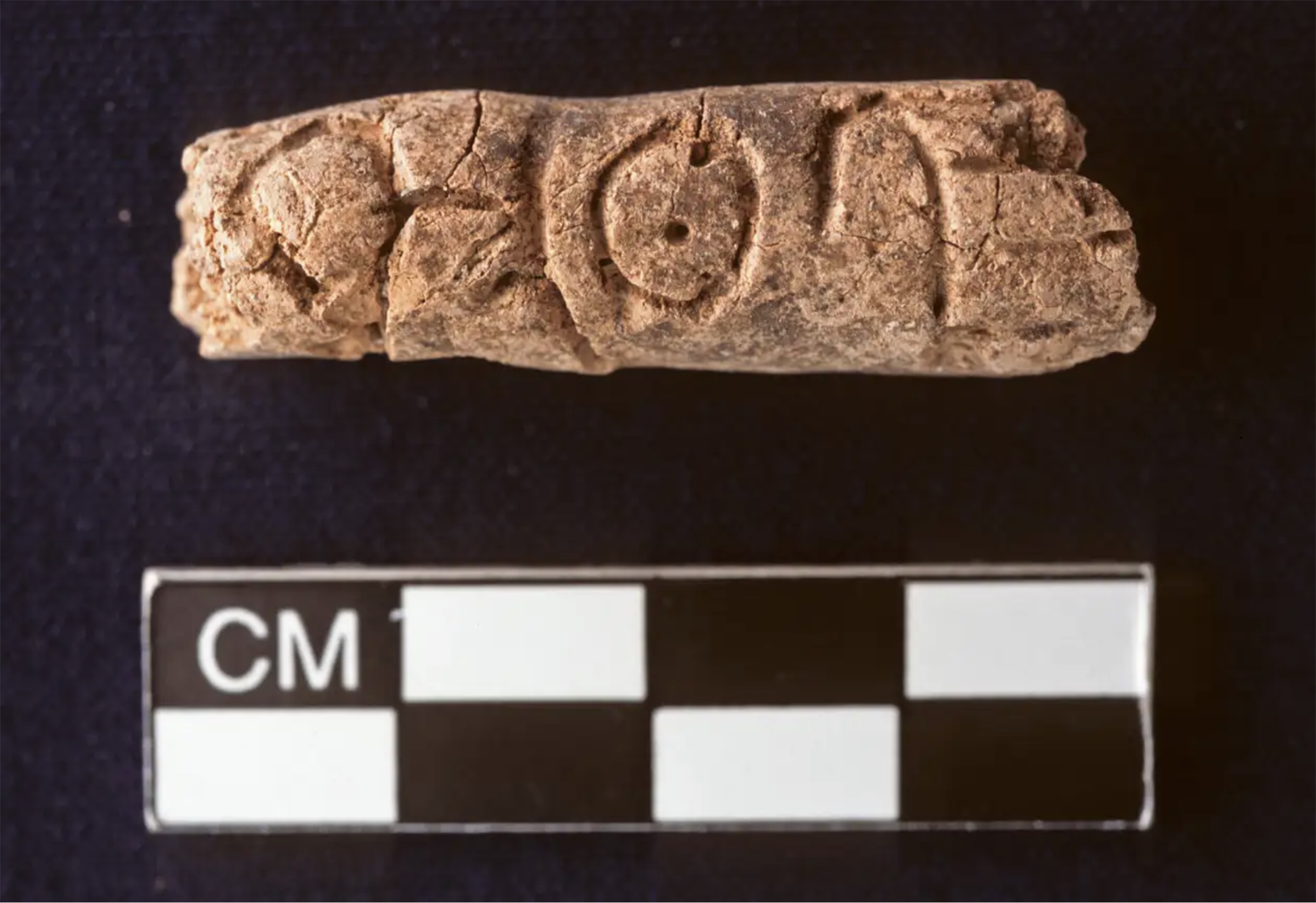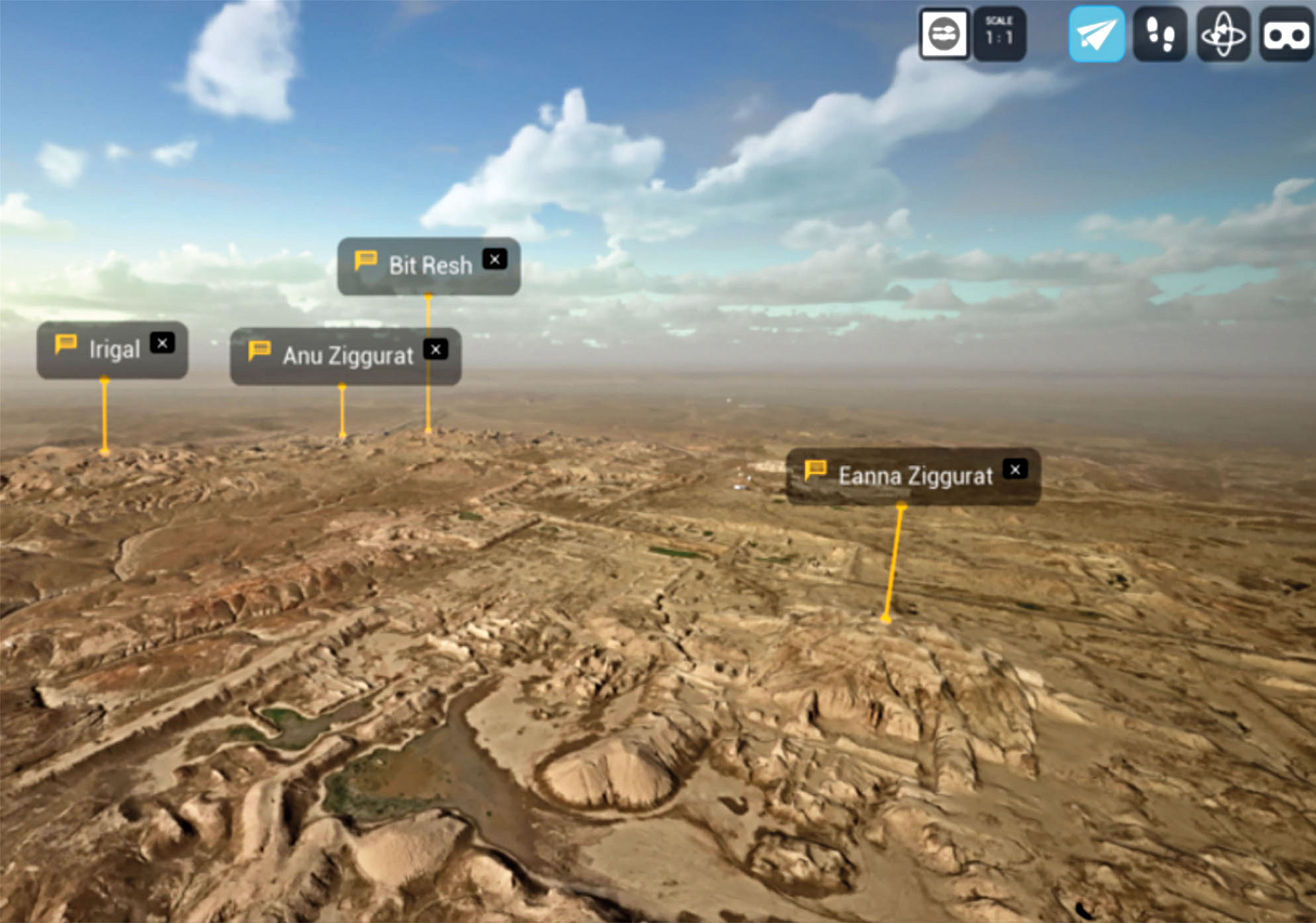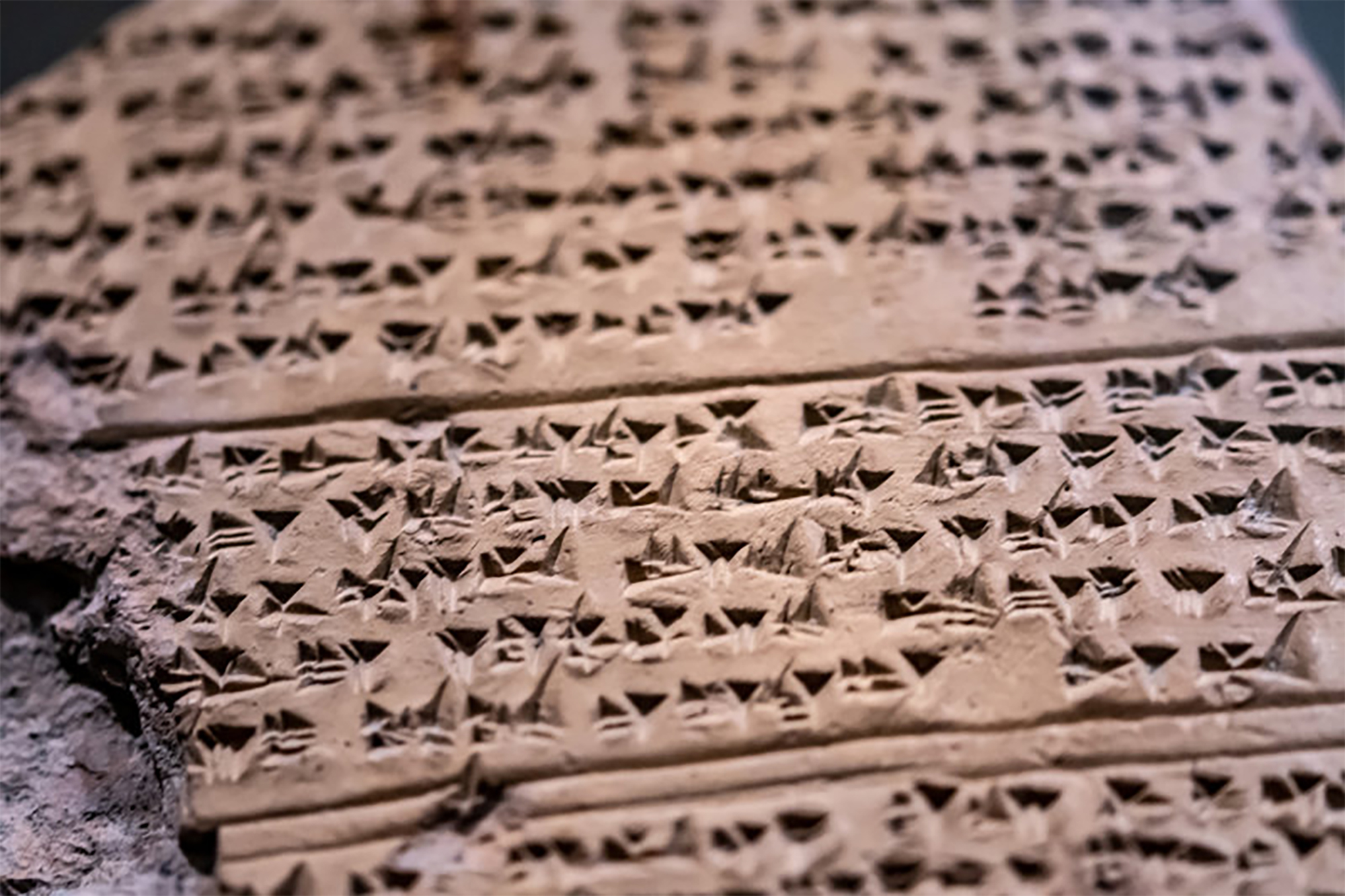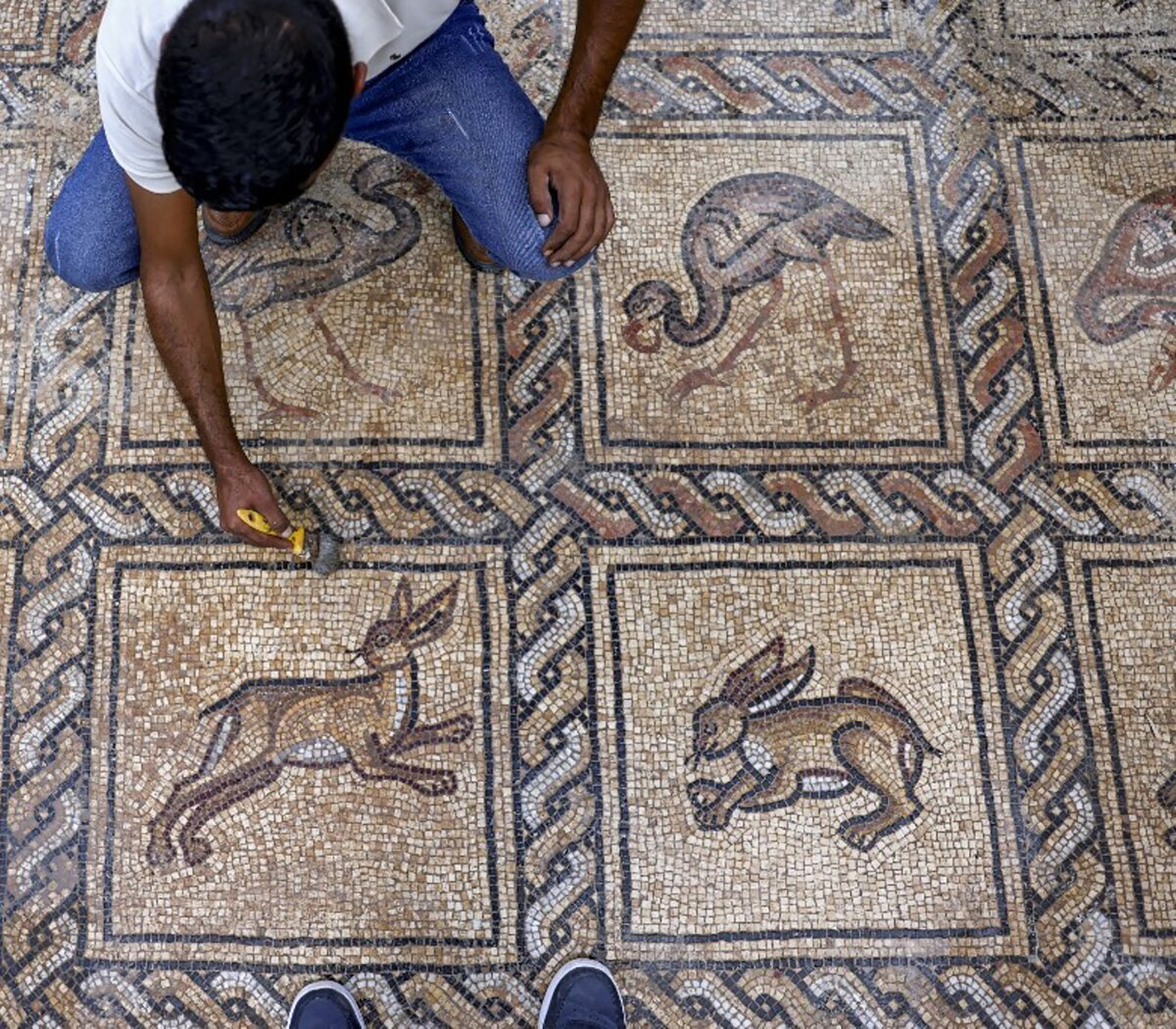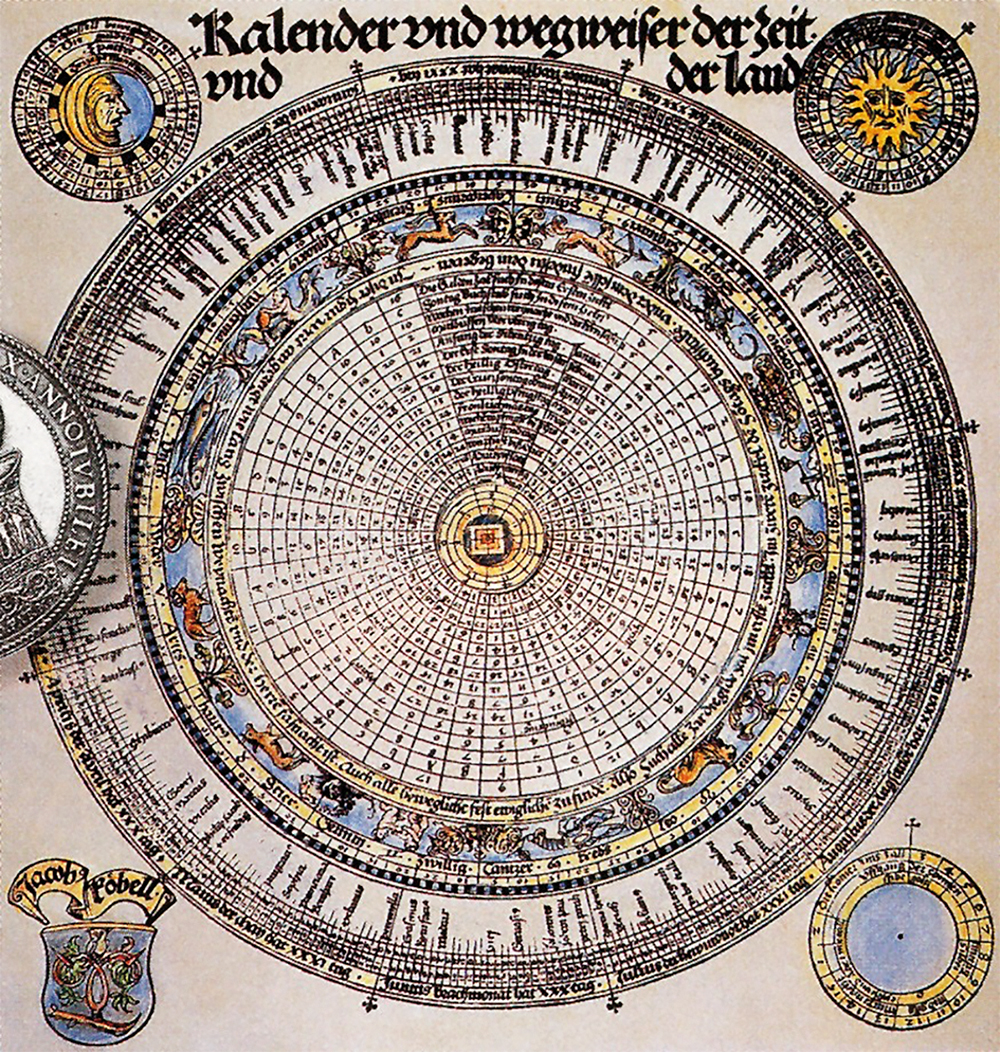The interested party of the prism
- Larsa (present Iraq), 1922. While members of the English expedition Weld-Blundell excavated the tracks of the old city of Sumer, they found a 20 cm clay prism on four sides with cuneiform signs. It's called the Weld-Blundell prism, or the List of the Kings of Sumer, which is written primarily in it.
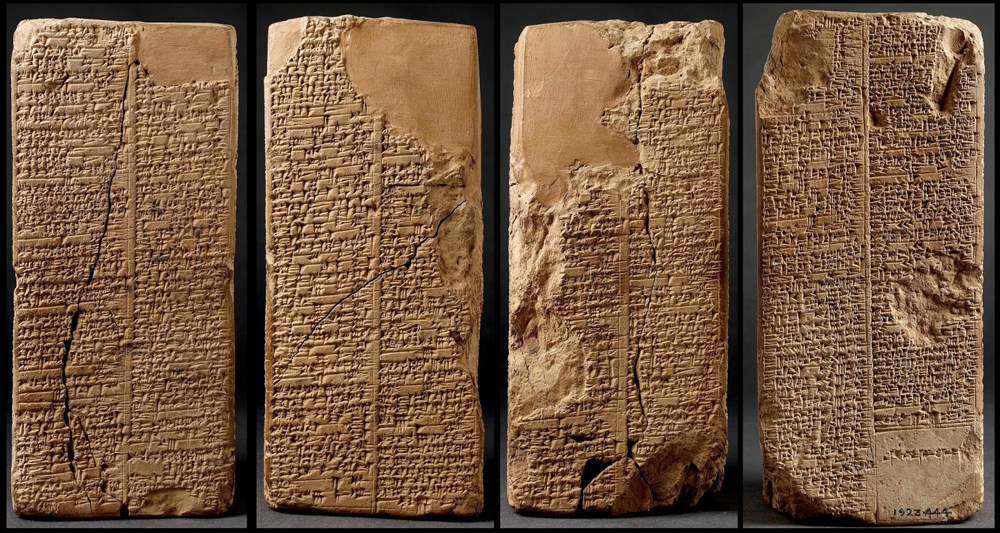
For historians, this was the answer to many questions about the ancient Mesopotamia, a book of history of mud that, supposedly, would fill the great spaces of the time with one blow. But, despite the fact that for a long time many have taken them as truths – among other things, the false historians who use the aliens to explain any phenomenon of antiquity; for those “experts” who are increasingly echoing in some television channels, the prism is the Holy Grail – some historians have questioned or denied the writings in prism. The first part of the list corresponds to the first kings and has no historical basis or any other source of verification. For example, Modiluana says he ruled for 43,200 years, and Dumuzid, for 36,000 years (are they aliens? ).
We know that in the second part there were some leaders thanks to other sources, such as Enmerkar de Uruk or Gilgamesh. There was also the only queen of this part of the list, Kug-Bau, of Kish, and the inscription found on a grid says he had a reign of about 20 years, but the prism says he was ruling for a whole century.
Part three is the most recent. Much more information has been gathered from various sources about them and these data do not coincide with those collected in the prism. Some monarchs don't appear on the list, like Lagash's Eannatum. F.R. Kraus, J.J. According to Finkelstein and other historians, the list was modified as its own and was possibly commissioned by the last king of the list, Sin-Magir (1827-1816 BC). C.) of the Isin dynasty.
Sumer’s hegemony was in the last moments, internal and external conflicts, coups… were continuous, and a brilliant family tree helped to sit and hold the throne. That is to say, Sin-Magirre adapted the past as he intended to justify his actions.
So, the Weld-Blundell prism is not a reliable historical source, but it serves to see how power works.
Researchers at Johns Hopkins University have discovered several cylinders with inscriptions at the present Syrian Reservoir, the Tell Umm-el Marra. Experts believe that the signs written in these pieces of clay can be alphabetical.
In the 15th century a. The cylinders have... [+]
It was founded by R about 6,500 years ago. And recently, the archaeologist at the German Institute of Archaeology, Max Haibt, has created the city's "digital twin," using the technology used in video games.
The team has made a three-dimensional record of the 40 square kilometres... [+]











